SITUATION
• Compliance with regulatory requirements was driven by manual tasks and loads of paper
• An increase in caseload uncovered a greater need for digital transformation of the customer onboarding process
RESULTS
• ETC managed a 100% increase in caseload without hiring additional staff
• Gained the ability to place job seekers 50% faster than competitors
When the Enterprise & Training Company (ETC) team began a digital transformation initiative in 2019, the goal was to improve compliance. In 2020, the COVID-19 pandemic upended the organization’s plans. As a not-for-profit specializing in employment and training services delivered on behalf of Australian and state governments, ETC found itself on the front lines of a global crisis. People were losing their jobs and ETC’s caseload doubled from 7,000 to 14,000 in a short period of time.
Over the past 30-plus years, ETC has helped over 95,000 people find jobs and trained over 46,000 people, but this was a completely novel challenge.
“We had to pivot to find a digital solution that would replace our face-to-face model and continue to provide a service for our current customers,” said Tim Welsh, manager of Innovation at ETC. “Our 18-month automation plan was brought forward, and we used Laserfiche to completely digitize 40 forms and associated workflows and release them into production within two months. This was a real game changer for our organization because it enabled us to get on the front foot and proactively service our customers.”
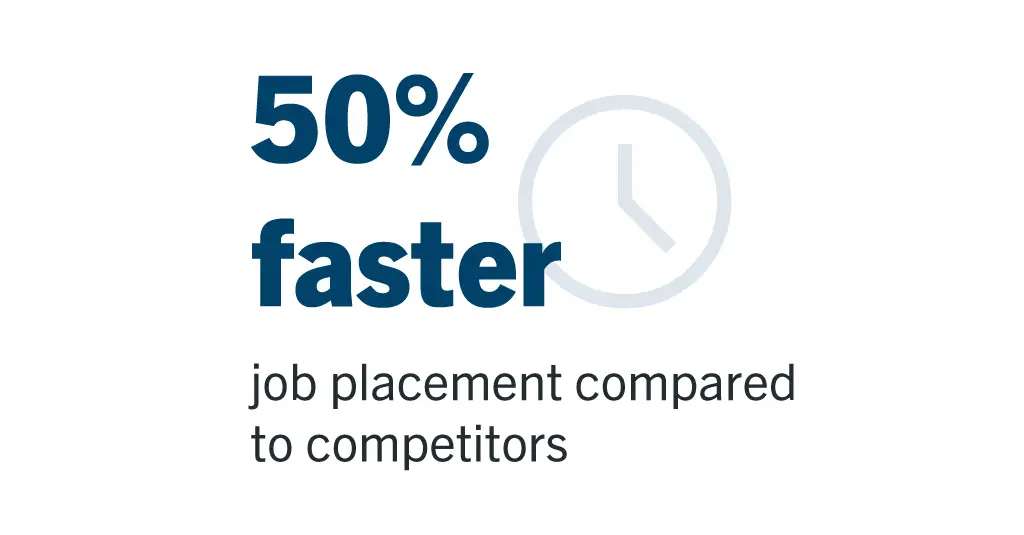 Ultimately, the team’s efforts allowed ETC to accelerate processes and place job seekers 50% quicker than ETC’s competitors — while still supporting compliance practices as originally intended.
Ultimately, the team’s efforts allowed ETC to accelerate processes and place job seekers 50% quicker than ETC’s competitors — while still supporting compliance practices as originally intended.
“The impact of our Laserfiche initiatives meant we were able to support some of society’s most vulnerable people on their journey to finding work a lot quicker than what was occurring nationally, and what we would have normally been able to achieve,” Welsh added.
Building Digital Resilience to Support Australia’s Workforce
As stay-at-home mandates began to roll out across Australia, ETC braced for impact. Accustomed to supporting young people, people with disabilities, migrants and refugees, long-term unemployed, Aboriginal Australians and Torres Strait Islander people as well as the broader community, the ETC team knew that the pandemic would have widespread impact.
“Uncertainty around a worldwide pandemic was a stressful time for everyone, but even more so for many of our customers who had recently been made unemployed, some for the first time in their lives,” Welsh said.
The team accelerated its digital transformation plans, streamlining the customer onboarding process using Laserfiche Forms and workflow.
In the legacy customer onboarding process, customers complete documents required for compliance, including privacy consent and permission to contact their employer forms. Additionally, they complete a skill and ability to work assessment. Prior to the Laserfiche solution, ETC teams were required to:
- Print all the forms for the customer to fill out
- Manually scan and send them to the customer’s email
- Create and rename a new customer folder on the server
- Download the document from the email
- Rename and save to the correct folder
All aspects of this process are now automated with Laserfiche, saving between 10-15 minutes per customer. Welsh added that it was a significant enhancement to the employee experience as well, as team members spend less time on manual tasks and more time helping customers get training and placed into jobs.
Streamlining the process further, ETC uses Laserfiche Connector and a custom API to query the organization’s CRM, which provides up-to-date customer information. “This ensures that the data we require, such as email addresses, are up to date when sending, receiving, and filing content and are not subject to user error,” Welsh said. “It also ensures that customer documents are saved in the correct location each time, which not only makes it easier for our staff in accessing information but is also essential during audits of our government contracts.”
Supporting Scale with Automation
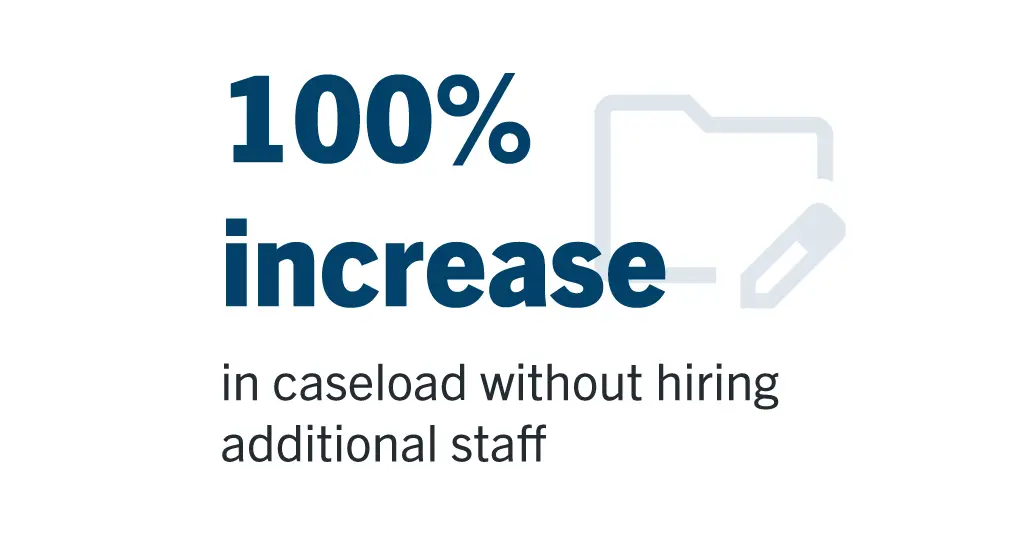 Before Laserfiche, if ETC saw a sudden spike in caseload, the organization would hire more staff to handle it. “In this case, we would have had to employ an additional 36 staff,” Welsh said. “Instead, thanks to Laserfiche, we brought forward our digitization and automation plans for onboarding customers. Rather than hire new staff, we created a centralized digital servicing team consisting of 13 people, saving us about $1.6 million in salary and on costs.”
Before Laserfiche, if ETC saw a sudden spike in caseload, the organization would hire more staff to handle it. “In this case, we would have had to employ an additional 36 staff,” Welsh said. “Instead, thanks to Laserfiche, we brought forward our digitization and automation plans for onboarding customers. Rather than hire new staff, we created a centralized digital servicing team consisting of 13 people, saving us about $1.6 million in salary and on costs.”
This approach also saved ETC from having to source new premises to accommodate staff. Most importantly, however, the new digital servicing team enabled ETC to place people into jobs, on average, 50% quicker than competitors. At the same time, ETC is able to provide new opportunities for its staff to upskill and grow professionally.
“The low-code framework that Laserfiche provides means I can scale up people who actually understand the business,” Welsh explained. “Now we talk about them as citizen developers. … I can actually bring them in and teach them how to do more of that in-depth Laserfiche workflow.”
Compliance practices, too, have been simplified across the organization. “Employees love it,” Welsh said. “We’re a very, very heavy admin organization and there is a lot of compliance for our government contracts. And prior to Laserfiche, that was all done by hand.”
Today, ETC continues to grow and leverage digitization and automation to scale. In July of 2022, ETC was awarded government contracts that required an additional 258 staff to be trained to understand the delivery of service via Laserfiche for a customer base of over 10,000.
Future plans include more integrations that will help to create a holistic view of customer journeys and needs. The company is currently working to incorporate Laserfiche in an accounts payable solution that will integrate with ETC’s business intelligence and finance reporting systems.
 “Laserfiche has revolutionized ETC’s ability to service the customer both internally and externally where and when they need it,” Welsh said. “Streamlining and digitizing our workflows has significantly reduced our administration overhead, allowing our teams to spend valuable time assisting their customers.”
“Laserfiche has revolutionized ETC’s ability to service the customer both internally and externally where and when they need it,” Welsh said. “Streamlining and digitizing our workflows has significantly reduced our administration overhead, allowing our teams to spend valuable time assisting their customers.”
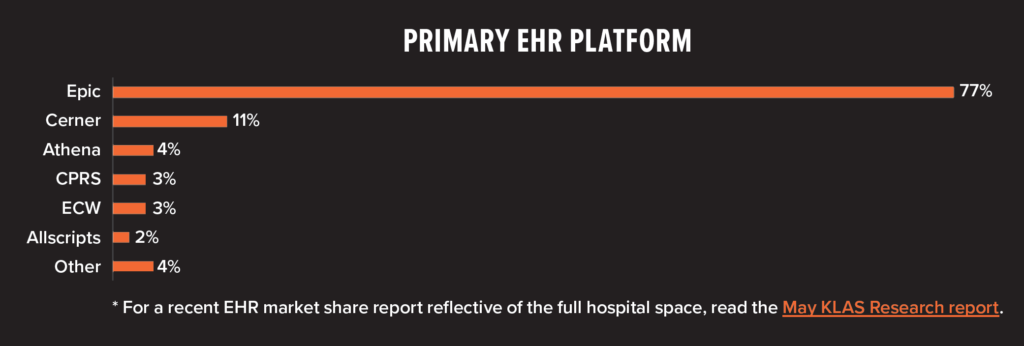
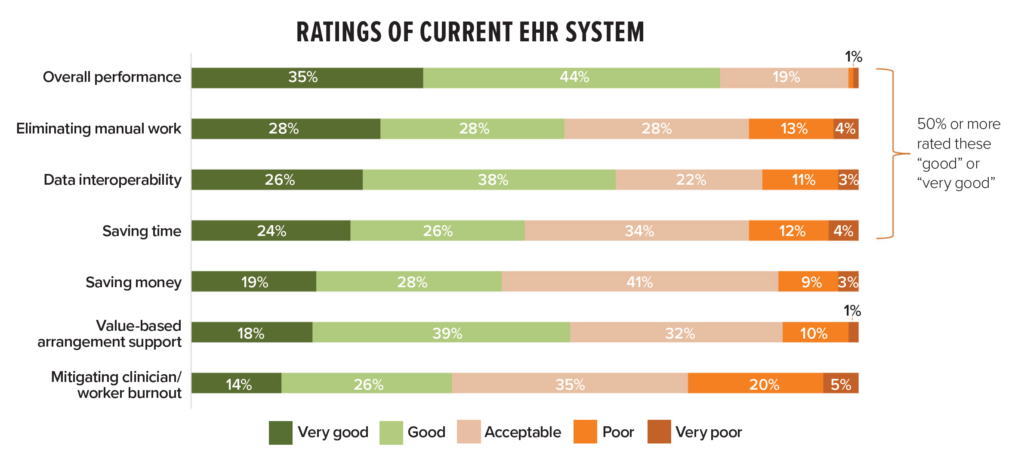


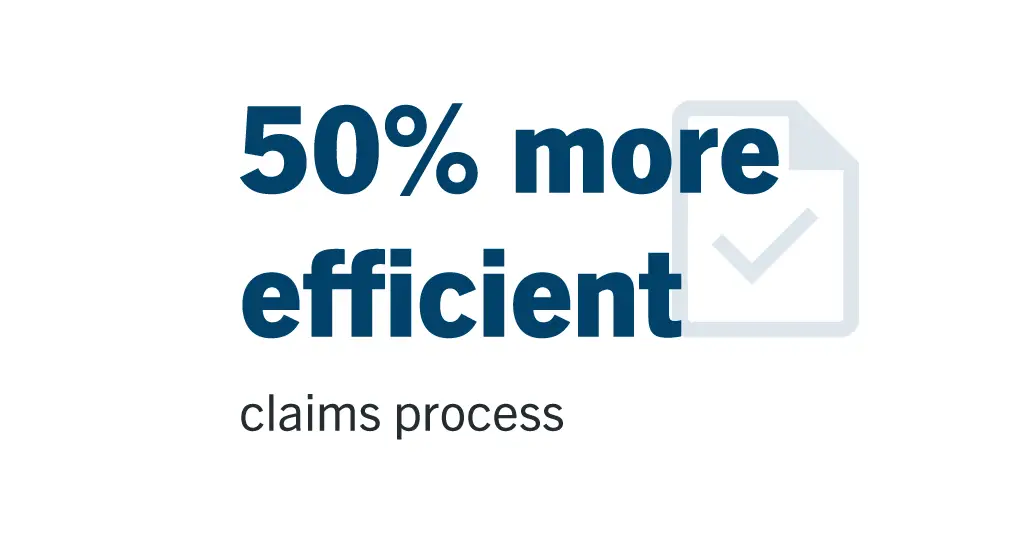 To date, the organization’s efforts have resulted in cost savings of over $325,000 annually. Additionally, CATIC has seen a nearly 50% increase in efficiency in both customer-facing processes, such as claims, and back-office operations, including records management.
To date, the organization’s efforts have resulted in cost savings of over $325,000 annually. Additionally, CATIC has seen a nearly 50% increase in efficiency in both customer-facing processes, such as claims, and back-office operations, including records management.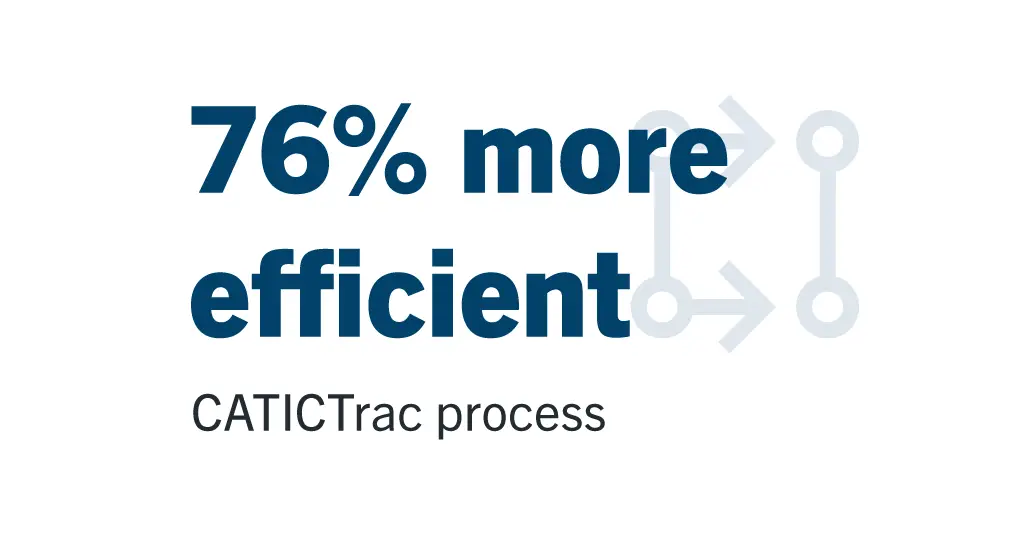 Using the Laserfiche-driven solution, CATIC was able to simplify the process from 12 steps down to five and improve efficiency in the process by 76%. Cooper estimates that the CATICTrac workflow alone saves the organization over $84,000 per year.
Using the Laserfiche-driven solution, CATIC was able to simplify the process from 12 steps down to five and improve efficiency in the process by 76%. Cooper estimates that the CATICTrac workflow alone saves the organization over $84,000 per year. In the works are integrations with financial management and accounting software Sage Intacct that will allow for easier reimbursement requests, and an integration with Microsoft Power BI to create a dashboard for policy issues that agents and senior management can view and address any missing information.
In the works are integrations with financial management and accounting software Sage Intacct that will allow for easier reimbursement requests, and an integration with Microsoft Power BI to create a dashboard for policy issues that agents and senior management can view and address any missing information.
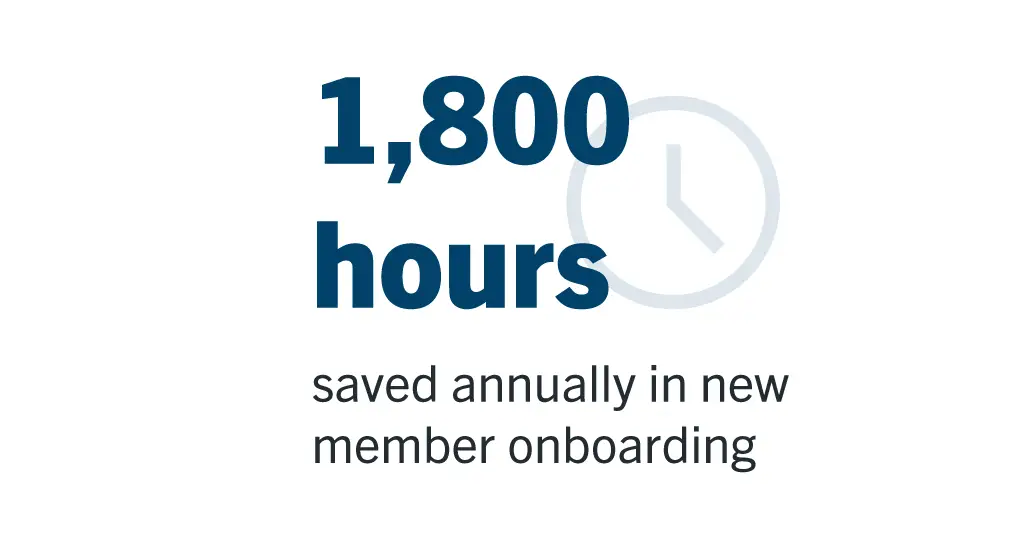 The new process saves about three hours per onboarding. With an average of 50 new members per month, this adds up to 1,800 staff hours annually.
The new process saves about three hours per onboarding. With an average of 50 new members per month, this adds up to 1,800 staff hours annually.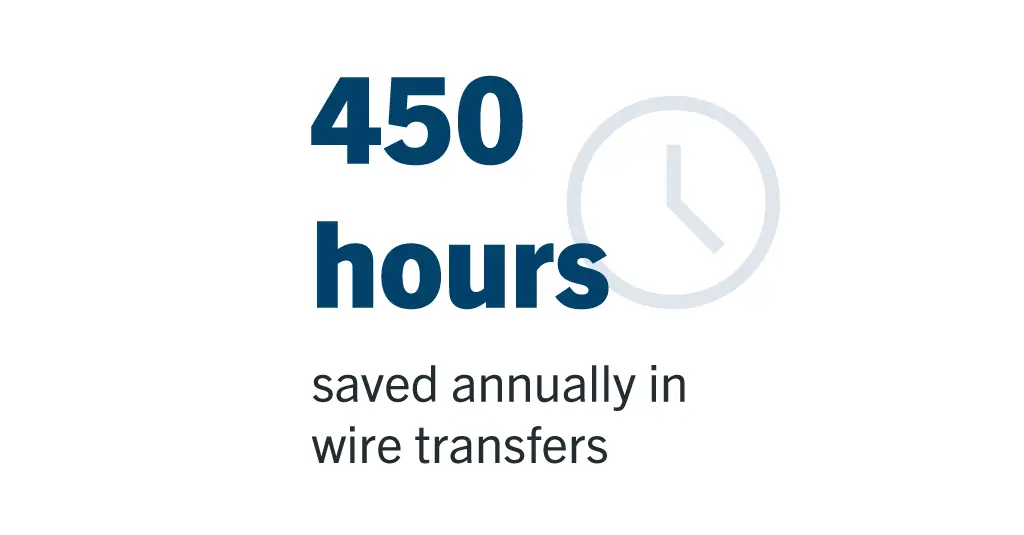 The team estimates that the organization saves about 450 hours annually with this process alone. These automated processes have not only created a streamlined and standardized experience for staff, but they have also made it easier to flag larger or suspicious transactions with Laserfiche’s reporting features to achieve AML requirements and periodic auditing.
The team estimates that the organization saves about 450 hours annually with this process alone. These automated processes have not only created a streamlined and standardized experience for staff, but they have also made it easier to flag larger or suspicious transactions with Laserfiche’s reporting features to achieve AML requirements and periodic auditing. “We have a digital strategy meeting that is probably 75% about Laserfiche and 25% about other systems,” Kirilo said. “We’re always asking, ‘What else can we automate with Laserfiche?’ There is a lot more potential there for our staff and our membership.”
“We have a digital strategy meeting that is probably 75% about Laserfiche and 25% about other systems,” Kirilo said. “We’re always asking, ‘What else can we automate with Laserfiche?’ There is a lot more potential there for our staff and our membership.”
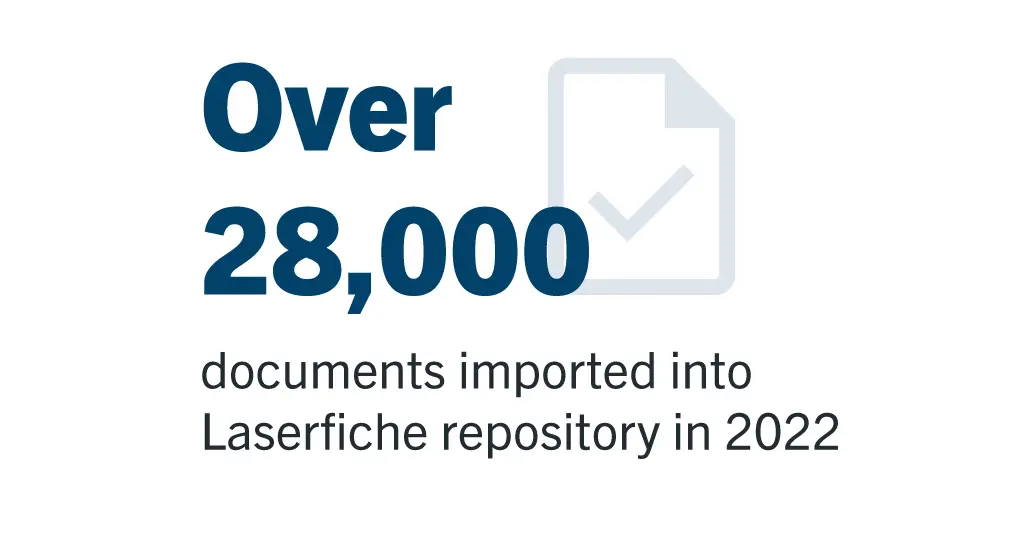 Integrating customer relationship management (CRM) software with other back-end tools has long been the elephant in the room for making onboarding more efficient. The ability to move information from Rehmann’s CRM to its Laserfiche repository was a deciding factor in its recent transition to Salesforce.
Integrating customer relationship management (CRM) software with other back-end tools has long been the elephant in the room for making onboarding more efficient. The ability to move information from Rehmann’s CRM to its Laserfiche repository was a deciding factor in its recent transition to Salesforce. “Our work technology must keep up with the apps we use every day on our phones. The way we interact with technology in all aspects of our lives has changed, so it’s critical for our office environment to keep up,” said Flourry. “Laserfiche makes it easy to design processes that our people really want to use.”
“Our work technology must keep up with the apps we use every day on our phones. The way we interact with technology in all aspects of our lives has changed, so it’s critical for our office environment to keep up,” said Flourry. “Laserfiche makes it easy to design processes that our people really want to use.”
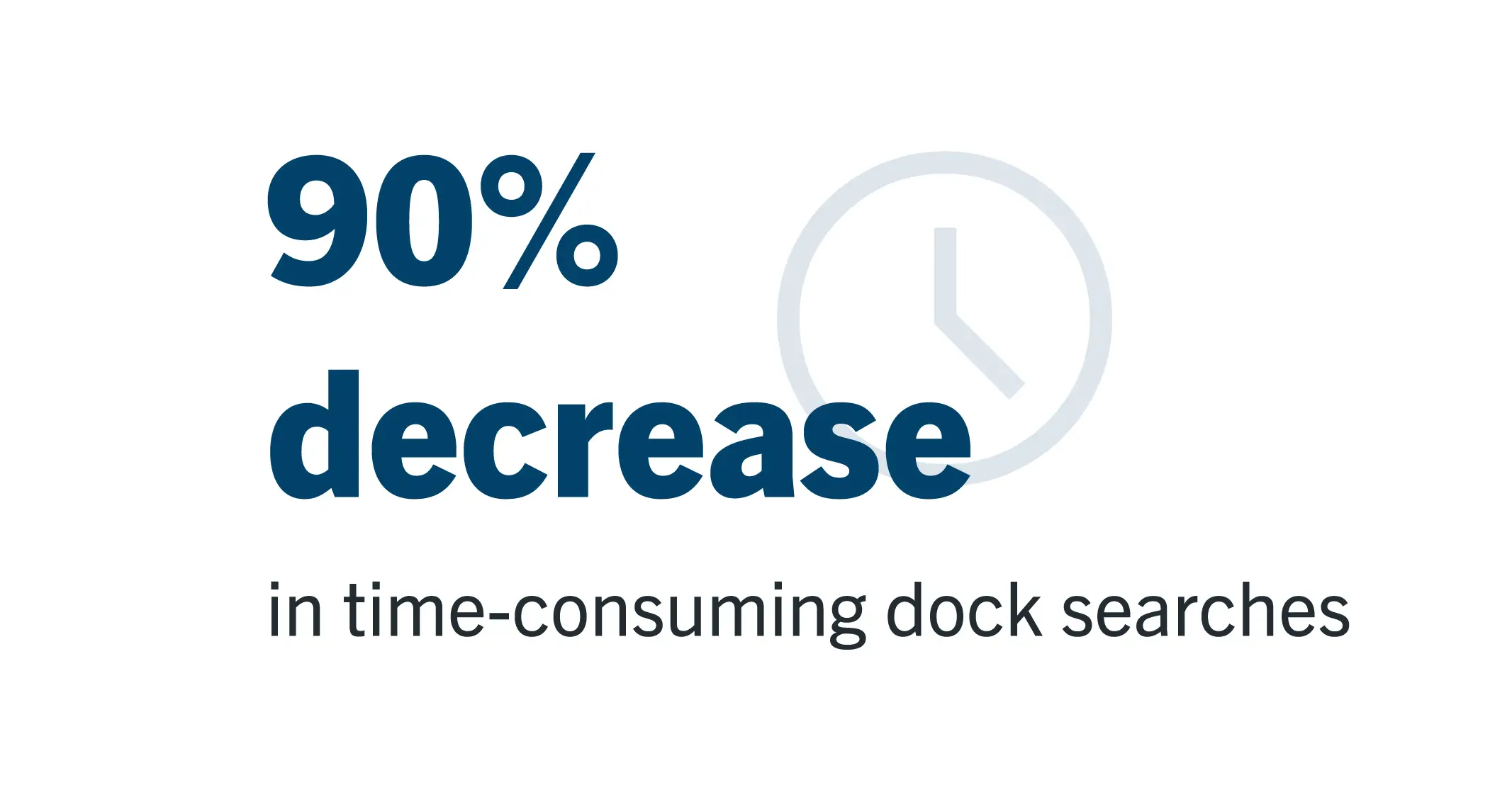 “Before Laserfiche, in a busy season, it wasn’t uncommon to have 60-plus dock searches,” said Werner. “Today, during a busy season, the maximum number of dock searches we’d have at any time is probably seven — and that’s with three times the volume.”
“Before Laserfiche, in a busy season, it wasn’t uncommon to have 60-plus dock searches,” said Werner. “Today, during a busy season, the maximum number of dock searches we’d have at any time is probably seven — and that’s with three times the volume.” Fostering a culture of innovation will be critical for the company into the future, as inflation and supply chain issues put pressure on the logistics industry. “When we started this project pre-COVID, people’s buying habits were very different,” Werner said. “COVID changed everything — different value-adds that allowed for profit disappeared. If we didn’t have tools like Laserfiche to help with efficiencies, we wouldn’t be able to stay competitive. The industry is evolving quickly, and today there’s a magnifying glass on things like freight claims. We’re able to meet those increased needs. Laserfiche allows us to stay current with our customers, and allows us to look into issues and provide them with the visibility and documentation they need to feel supported.”
Fostering a culture of innovation will be critical for the company into the future, as inflation and supply chain issues put pressure on the logistics industry. “When we started this project pre-COVID, people’s buying habits were very different,” Werner said. “COVID changed everything — different value-adds that allowed for profit disappeared. If we didn’t have tools like Laserfiche to help with efficiencies, we wouldn’t be able to stay competitive. The industry is evolving quickly, and today there’s a magnifying glass on things like freight claims. We’re able to meet those increased needs. Laserfiche allows us to stay current with our customers, and allows us to look into issues and provide them with the visibility and documentation they need to feel supported.”